Caps are flying as students celebrate the Class of 2024’s high school completion.
But are such celebrations devoid of meaning? Put another way, how many of the young adults who walk across the stage this year have actually met academic proficiency standards in reading, math, and other subjects?
The answer is a lot less than we’d like to believe, and the reality of this dilemma seems to be dawning across the nation, evidenced by a recent article in Forbes by Bruno V. Manno.
Although many high school graduates believe they’re ready for college, testing from prominent sources such as SAT and ACT show otherwise, Manno writes.
[O]nly one in five 2023 ACT test-taking graduates (21%) is ready to succeed in core college introductory classes. Their college readiness scores dropped for all four core subjects—reading, English, math, and science—with the composite score at a 32-year low.
Manno traces this decline back to our nation’s public schools. “Public school educators agree that high schools are doing a mixed job, at best, of preparing students for college,” he reports, noting that many recent high school graduates are getting to college and finding they must take remedial courses to catch up.
In 2019-2020, over six out of 10 (65.4%) first-year college undergraduates took a remedial course in math, while half (52.1%) took remedial courses in reading or writing, according to the most recent NCES data. Compare that to 2015-2016, when 14% took a remedial course in math and 9% took courses in reading or writing.
A picture is worth a thousand words, so take a look at those same numbers in the chart below.
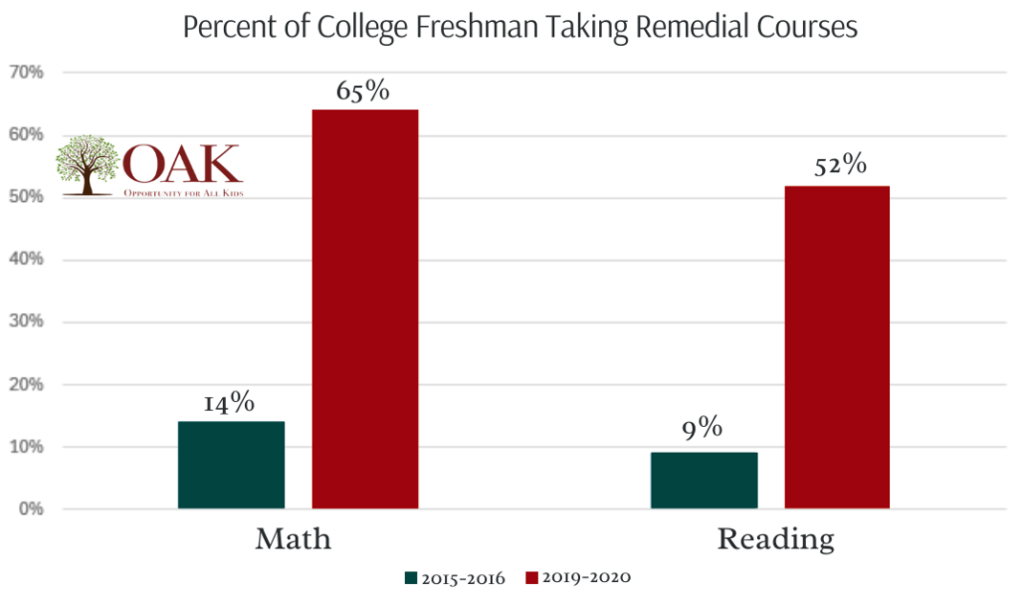
That’s an awfully big jump in only five years, isn’t it?
Unfortunately, statistics indicate that those numbers will only get worse. Consider the following data from the Minnesota Department of Education. Since 2019, state proficiency rates in math, reading, and science each fell by around 10 percentage points. With that big of a drop, it seems likely that we’ll see a corresponding jump in students needing remedial courses the next time such data is measured.

To his credit, Manno offers hope that students who can’t make it to college can pursue alternative paths such as apprenticeships. But while he’s absolutely right to offer apprenticeships as an alternative to college, we must remember that they aren’t the magic cure to our educational woes.
As I’ve noted before, even students who enter the trades through apprenticeship programs—carpentry, plumbing, HVAC, etc.—must have basic math and reading skills. If they don’t, countless hours will be wasted as company owners must repeatedly give verbal rather than written instructions on how to do a job, while countless materials will be lost as workers make simple mistakes because of an inability to measure or figure out needed formulas.
We’ve sent enough of our young graduates out into the world thinking they were prepared for college or the workforce, only to realize that their schools lied, telling them they were ready when they really weren’t. It’s time to admit that our education system has a serious problem and that it needs to be fixed.
Sadly, our state education system is so huge it will take many years to turn around, even if we start demanding higher standards and greater accountability today. In fact, a whole generation of children will likely fall through the cracks during the efforts to right the sinking ship that is Minnesota’s public education system.
Due to that reality, it only seems fair to let the current generation of students and parents have the chance to choose other education options in the meantime.
Why not let a portion of the education dollars allotted to each student follow children to the schools of their choice—whether public, private, charter, micro, or home—through an Education Savings Account (ESA)? That way, students would at least have a chance to find a school that could solidly ground them in the basics of reading, writing, and arithmetic so that they can have a chance to succeed in life—and as a byproduct, make our state and country much more successful, too.
—
Image Credit: Pexels

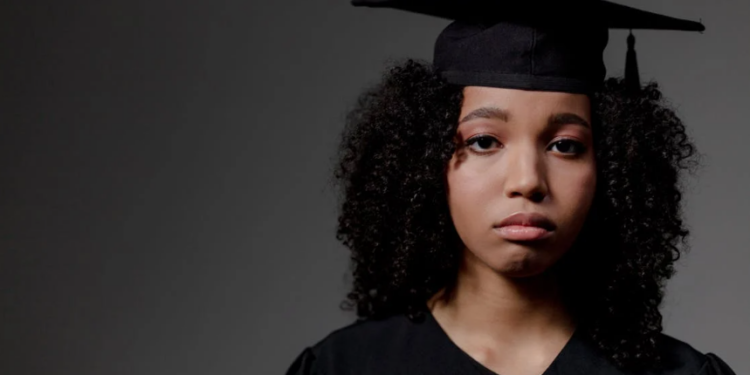

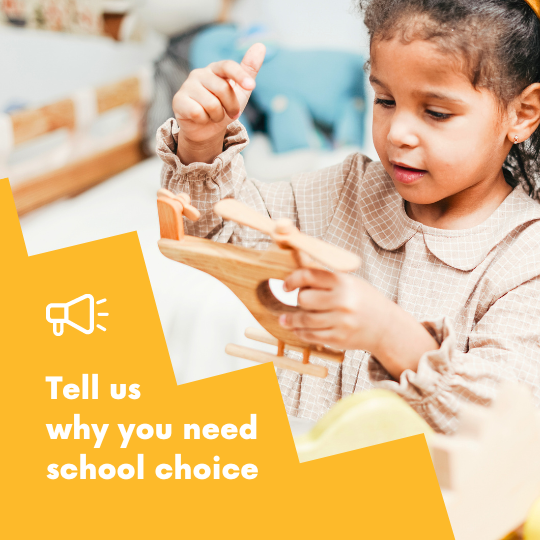




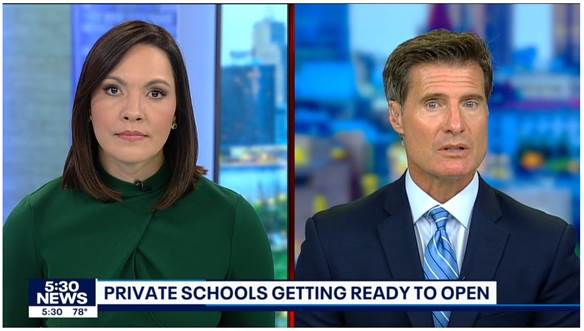
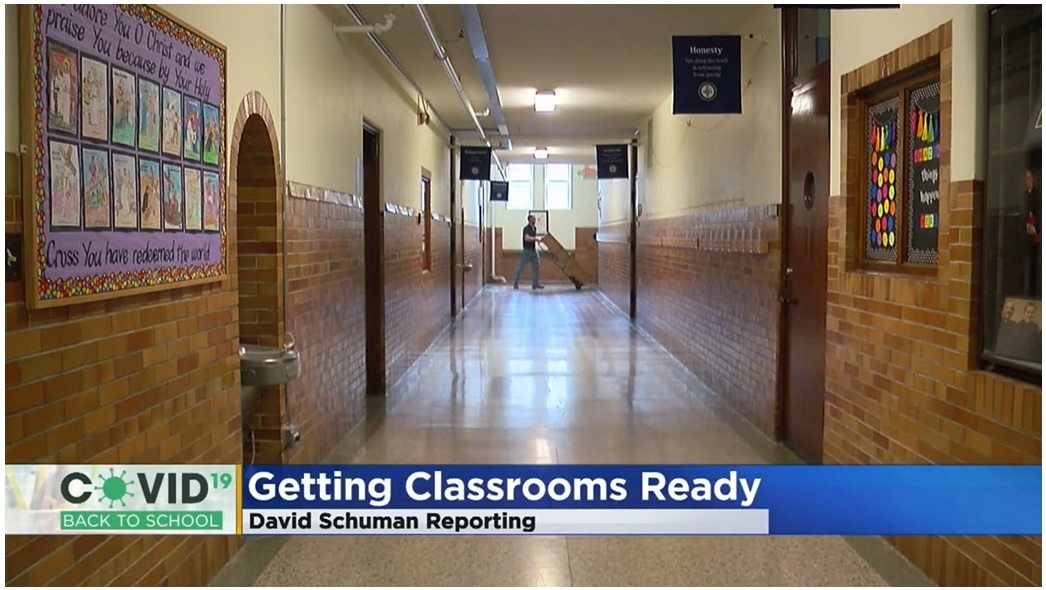

![[downloaded during free trial]](https://oakmn.org/wp-content/uploads/2025/11/iStock-1430368205-120x86.jpg)

